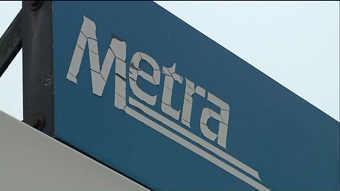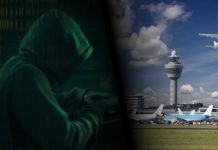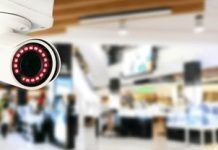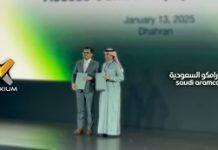Those who bothered looking up from their phones at Millennium Station recently found themselves being scanned by two white boxy detectors swiveling back and forth as crowds passed. It was only a test, for now.
The scanners, mounted on tripods and observed by as many as 10 Metra police officers just outside the station, are designed to detect potential threats hidden under clothing, such as bomb vests or guns. It’s unclear how effective the machines are, and the American Civil Liberties Union questions whether such “digital stop and frisks” are constitutional.
The Transportation Security Administration has been loaning the detectors out to transit agencies across the country who want to try them out. “Metra did reach out to TSA to conduct these tests,” said Metra spokesman Michael Gillis. “We were interested to see if the technology was something that might work for us.”
Millennium Station was the first of several trials. The scanners were placed near a pillar in the center of the underground space and pivoted to the left and to the right. Two of the officers sat behind a laptop at a wooden table as people scanned by the detectors appeared on the screen.
Metra has no plans at this point to implement the technology in stations, but the testing will determine if it is “suitable for the mass transit environment,” Gillis said. A prime benefit of the device is its ability to scan a large crowd without disrupting the flow of traffic or requiring a line to form, he said. The technology identifies objects that block the “naturally occurring emissions” from a person’s body, said TSA spokeswoman Lisa Farbstein. For example, an explosive device or “in layman’s terms, a suicide vest,” she said.
The scanner relays information to a nearby laptop, where an operator sees two images. One of them is called a “green ghost,” literally a green image of a person with emission-blocking objects appearing in black. The other is an actual image of the person so the operator can get a sense of where the object is on the person, Farbstein said. The machines can detect both metal and nonmetal objects.
Farbstein noted that the machines do not take photos, record video or show anatomically accurate images of a person, so it “is not revealing in any way.” The detectors do not emit any radiation or any other harmful rays, she added. They can be easily moved around, which works well for transit systems with many stations and entrances at each.
Thruvision and QinetiQ, security technology manufacturing companies, have both provided TSA with equipment for testing in the past. Gillis said that one model from each company is being tested by Metra. Neither company responded to requests for comment.
Chicago is only the latest testing bed for the new technology.








